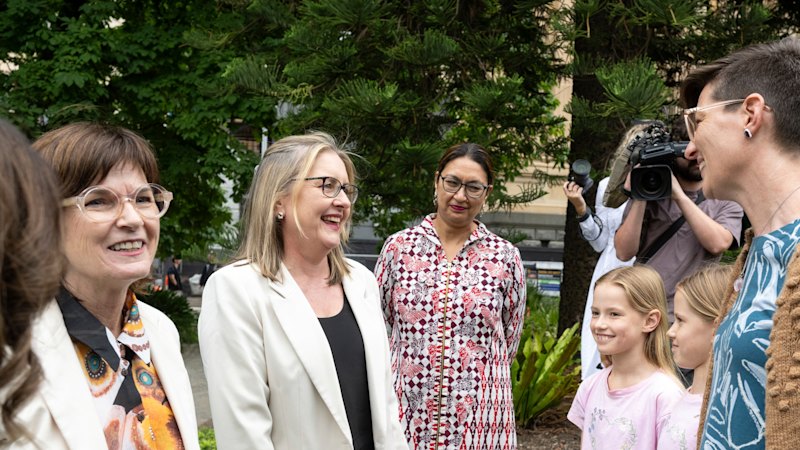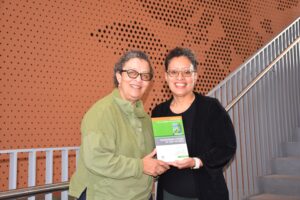
Women undergoing the often painful procedure of having contraceptive devices implanted will now be offered the “green whistle” analgesic, as part of the Victorian government’s new initiative to better manage women’s pain. This announcement marks a significant step in addressing the long-standing issue of inadequate pain management for women in Victoria.
The state is set to introduce a women’s pain standard, establishing benchmarks for managing debilitating pain. Additionally, a new clinic dedicated to supporting girls and adolescents with reproductive-system conditions such as endometriosis will open at the Royal Children’s Hospital next year. These measures aim to alleviate the disproportionate suffering experienced by Victorian women and girls.
Bridging the Gender Pain Gap
The nation’s first Inquiry Into Women’s Pain released its report, Bridging the Gender Pain Gap, on Sunday. Premier Jacinta Allan, who initiated the inquiry, acknowledged the profound impact of inadequate pain responses on Victorian women’s daily lives.
“It’s time we stop hearing that our pain doesn’t exist,” said Allan, who herself suffers from endometriosis, a condition often accompanied by chronic pain.
The inquiry, co-chaired by Royal Women’s Hospital chief executive Professor Sue Matthews, highlighted that many women have been gaslit by medical professionals or made to feel at fault for seeking medication. Of the 13,000 women who shared their experiences, 90 percent reported pain lasting over a year, with 54 percent experiencing it daily.
Systemic Challenges and Recommendations
The inquiry identified several systemic issues contributing to women’s experiences in the healthcare system, including inadequate training in women’s health issues and medical models that overlook sex and gender differences. A historical lack of inclusion of women in clinical trials and research further exacerbates these challenges.
“71 percent of respondents report being ignored, dismissed, or having their pain minimized by healthcare professionals,” the report noted.
Healthcare professionals surveyed also recognized the adverse experiences women face compared to men. One clinician noted an expectation for women to “handle” severe pain, contrasting with the empathy typically extended to male patients.
Implementing Change: New Standards and Clinics
Among the 27 action recommendations, the provision of the “green whistle” analgesic for women undergoing IUD procedures stands out. Dr. Nisha Khot, president of the Royal Australian and New Zealand College of Obstetricians and Gynaecologists, advocated for this measure, which has already seen success in trials at Frankston Hospital.
The new women’s pain standard will be developed in consultation with clinicians, experts, and consumers, applying to all public hospitals and health services. It aims to ensure consistent, high-quality pain counseling and relief, starting with common gynecological procedures.
Health Minister Mary-Anne Thomas expressed gratitude to the women who participated in the inquiry, stating their contributions would help “create generational change to our health system.”
Looking Ahead
Premier Allan emphasized the importance of listening to women’s voices: “This work will ensure that no woman ever feels unseen and unheard in our health system again.” The new clinic at the Royal Children’s Hospital is expected to be transformative, particularly for young girls facing delays in diagnosis and treatment.
As Victoria takes these steps to address gender disparities in pain management, the hope is that these initiatives will serve as a model for broader national reforms. The focus on women’s health and pain management represents not only a commitment to improving current practices but also a pledge to future generations of women and girls.







